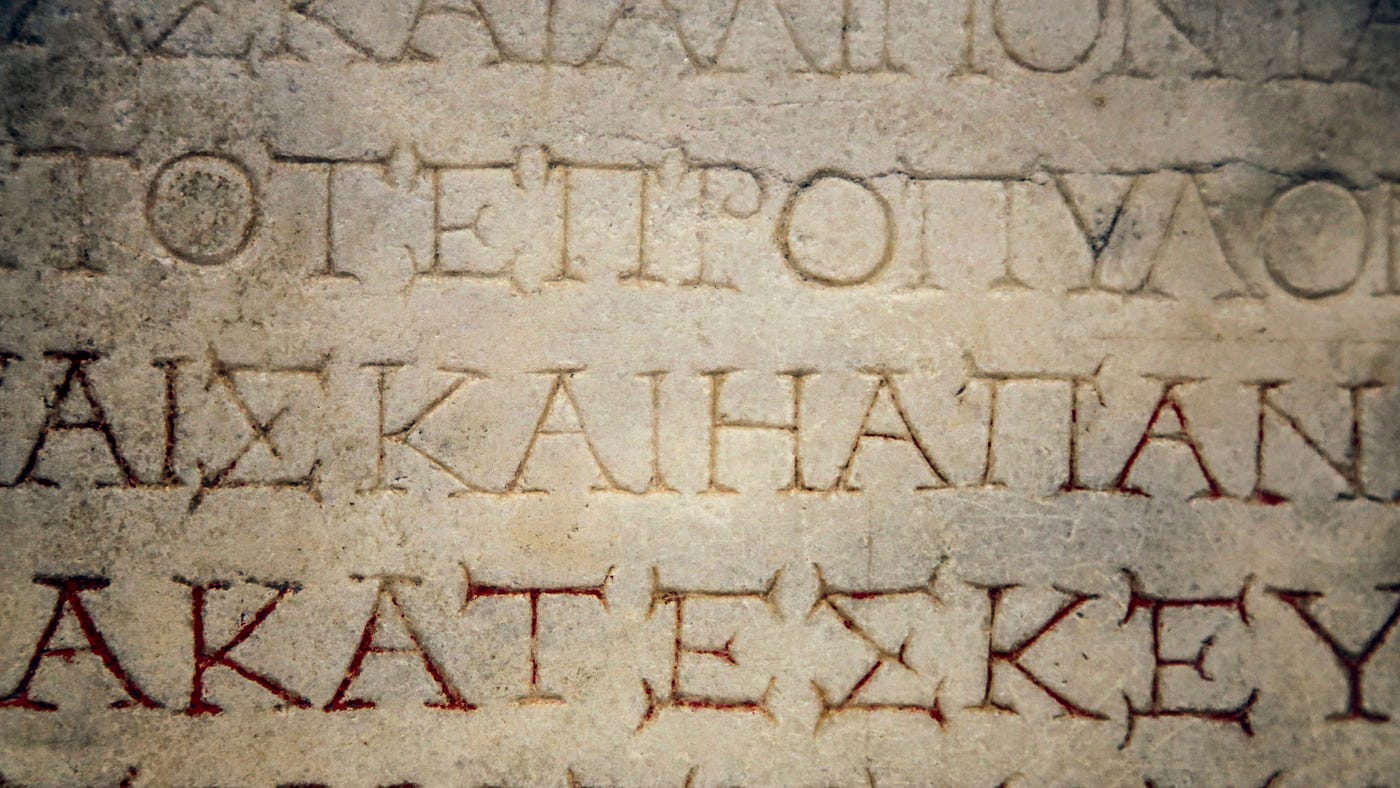Wanna Learn Some Greek?
How Matthew and Luke Portray the Temptation of Jesus Pt. 1
Some enjoy being around certain family members, teachers, or friends more than others because of their many stories. Their grandpa or friend is the life of the party/event simply because they have “so many stories” that captivate every hearer.
But one will soon find that every individual, if they have lived long enough, has many wonderful stories to tell. What makes storytellers memorable is how they portray or communicate such stories. Everyone has a story, but not everyone remembers it because it’s not told creatively or intentionally.
Koine Greek sets itself apart in that authors employ various tense forms to convey intention and meaning. When speaking about the tenses of verbs in the Greek language (Past, present, future, Aorist, etc.), time plays a relatively small role. What the authors of the New Testament authors prioritize is something called verbal aspect rather than time.
One’s exegesis is greatly impacted by this attribute of the verb. Two authors can tell the same story but draw the reader’s attention to different things to help them understand a narrative. This can be seen in the way Matthew and Luke portray the temptation of Jesus Christ.
To understand how both Matthew and Luke portray the temptation of Christ, one must understand the concept of verbal aspect, Matthew’s use of the Historical Present, and Luke’s abundant use of the aorist tense.
Toward an Understanding of Verbal Aspect
Verbal aspect must be understood to grasp the intention of the biblical author. What is verbal aspect? Building upon the definitions of various scholars, Going Deeper with New Testament Greek summarizes this as “the subjective perspective or viewpoint from which an author communicates the action of a given verb.” Daniel Wallace defines it generally as “the portrayal of the action (or state) as to its progress, results or simple occurrence.”
When a biblical author employs a particular verb tense, they desire to portray the story in a way that enables the reader to understand the progress of the action and, therefore, the event as a whole. The more the reader understands the aspect, the closer the reader is to the author’s intention, and consequently, the more he/she understands God’s Word to His people.
Three categories or buckets store the information about tense forms and aid the reader in understanding the portrayal of a verb: Imperfective aspect (progressive, ongoing action), perfective aspect (holistic action), and stative aspect (past event with present implications). In their wider contexts, the choice of these tenses can imply a more specific meaning that the author meant to convey.
Steven Runge summarizes, “The choices we make have meaning associated with them. The choice to break the expected pattern implies that there was some reason not to follow the pattern. The choice implies meaning.” This is seen particularly in Matthew and Luke with their portrayal of the temptation of Christ.
The next two posts will cover Matthew’s use of the Historical Present and Luke’s abundant use of the aorist tense.




This is excellent. Thanks!